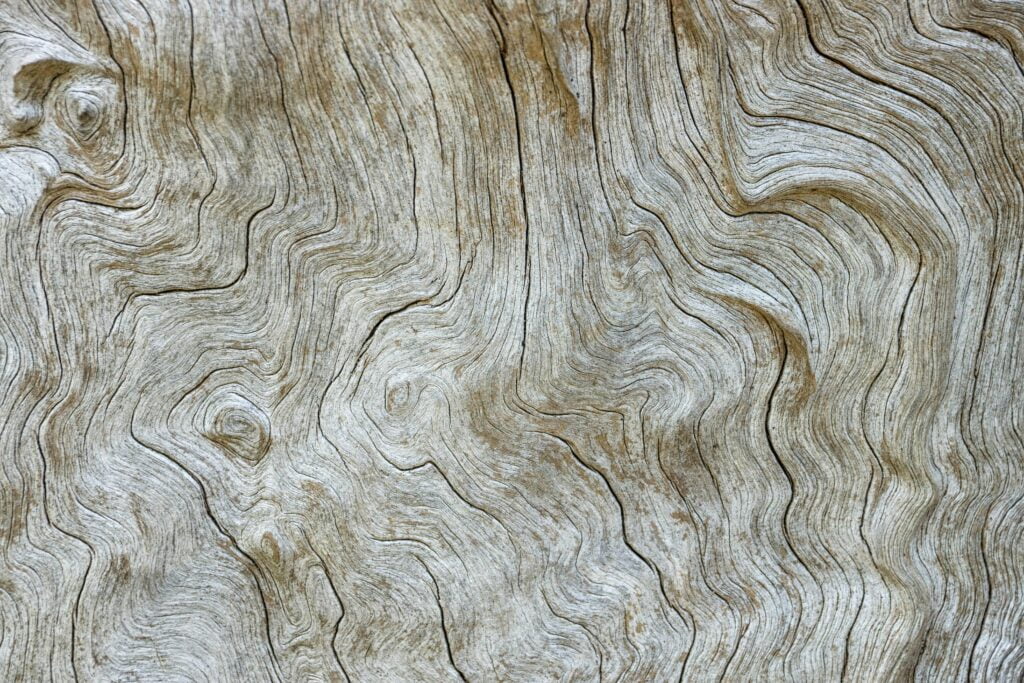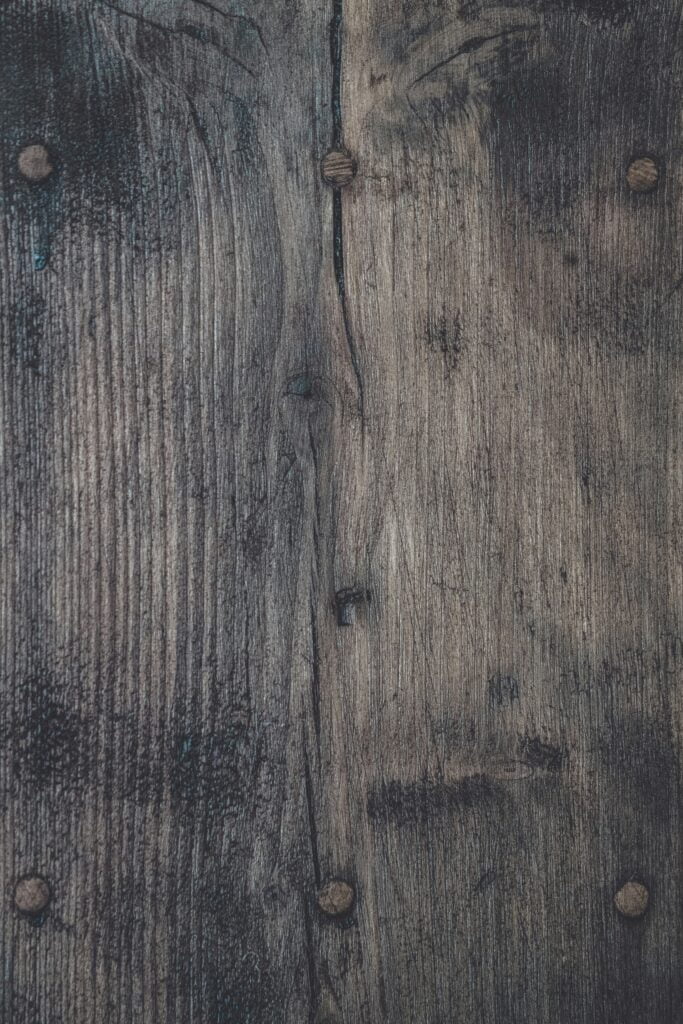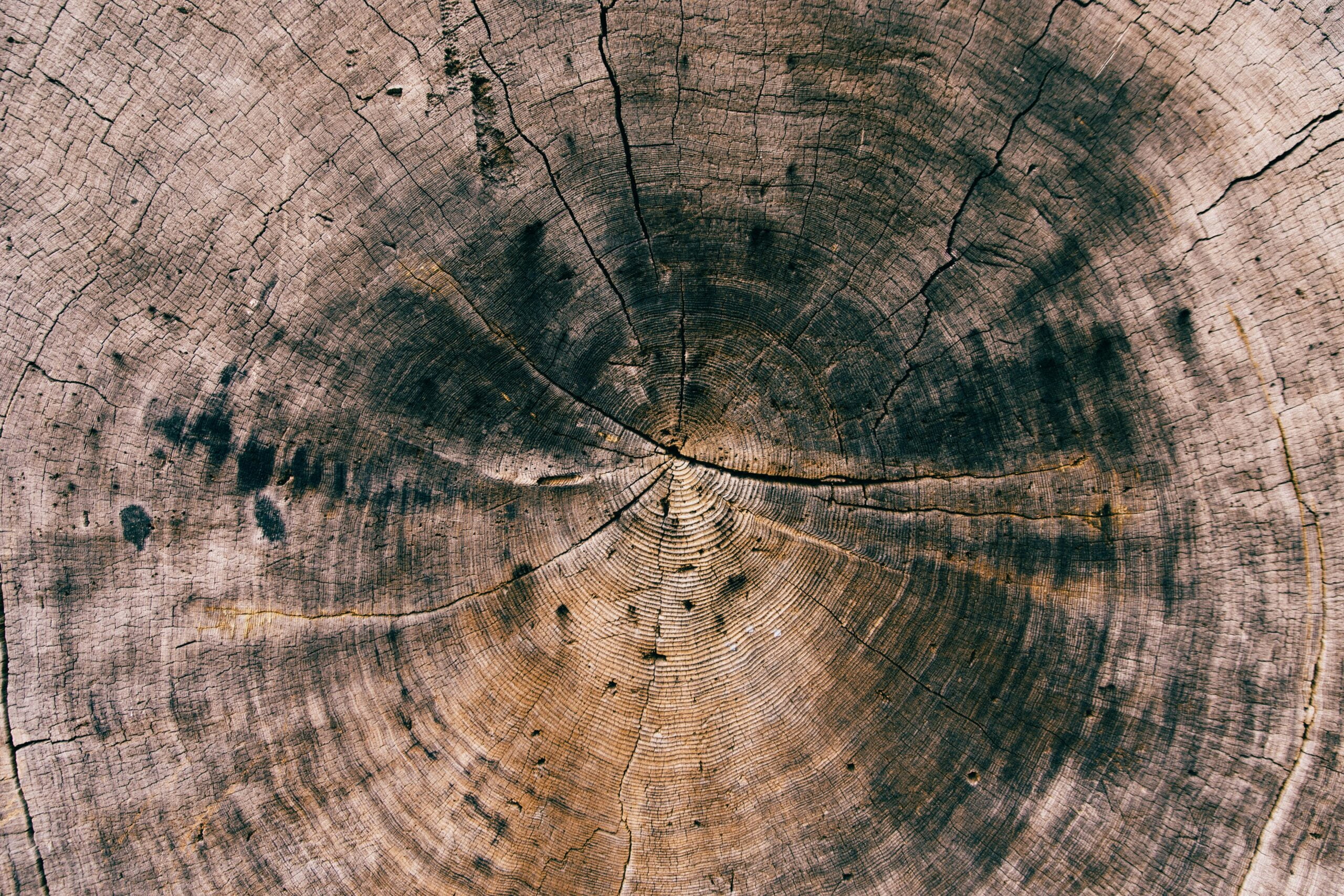If you’re looking to enhance the flavor of your smoked dishes, seasoning your wood chips is an essential step that shouldn’t be overlooked. Here’s a guide on how to season wood chips for smoking, ensuring that your barbeque sessions are filled with mouthwatering aromas and tantalizing tastes. By following these simple steps, you’ll be able to achieve the perfect balance of smokiness and flavor in your food, leaving both you and your guests craving for more. So, let’s explore the world of wood chip seasoning and bring your barbeque game to a whole new level!

Understanding the Importance of Seasoning Wood Chips
Seasoning wood chips is a crucial step in the smoking process that should not be overlooked. Whether you are an avid barbecue enthusiast or just enjoy smoking food occasionally, understanding the significance of seasoning wood chips will greatly enhance your smoking experience. Seasoning not only affects the taste and aroma of the smoked food but also ensures efficient and even burning of the wood chips.
Significance of seasoning in smoking
Seasoning wood chips involves removing their excess moisture content, allowing them to burn more slowly and evenly. This process is essential because moist wood chips tend to produce excessive smoke, leading to bitter flavors and overpowering aromas in the smoked food. When wood chips are properly seasoned, they produce a clean and flavorful smoke that enhances the natural flavors of the food without overwhelming them.
What happens if you do not season wood chips
If you skip the seasoning process and use unseasoned wood chips for smoking, you may encounter several issues. Firstly, unseasoned wood chips contain a high moisture content, which leads to excessive smoke production and inconsistent burning. This can result in a harsh and acrid taste in the smoked food, masking the desired flavors.
Additionally, unseasoned wood chips may not reach their full combustion potential due to the excess moisture. As a result, they may burn too quickly, requiring you to constantly replenish the chips throughout the smoking process. This can be frustrating and time-consuming, disrupting the overall cooking experience.
Impacts of well-seasoned wood chips on the taste and aroma of smoked food
When you season wood chips properly, you unlock a world of enhanced flavors and enticing aromas. Well-seasoned wood chips create a delicate balance of smoke that enriches the taste of the food without overpowering it. The smoky flavors penetrate the meat, fish, or vegetables, imparting a subtle yet distinct taste that is highly sought after in smoked dishes.
Moreover, properly seasoned wood chips produce a sweet and pleasant aroma that adds an extra layer of enjoyment to the cooking process. The enticing scent wafting from the smoker becomes a delightful teaser of what’s to come, building anticipation for the perfectly smoked food that awaits.
Types of Wood Chips for Smoking
Now that we understand the importance of seasoning wood chips, let’s explore the different types of wood chips available for smoking. The type of wood you choose will greatly influence the flavor profile of your smoked food, as each wood variety imparts its unique characteristics.
Various kinds of wood chips
There is a wide range of wood chips to choose from, each with its distinct flavor profile. Some popular options include:
- Mesquite: Known for its strong and intense smoky flavor, mesquite wood chips are ideal for bold and robust dishes.
- Apple: Apple wood chips offer a subtle and fruity flavor, making them versatile and suitable for a wide range of meats and vegetables.
- Hickory: Hickory wood chips provide a rich and slightly sweet flavor, often associated with classic barbecue dishes.
- Cherry: Cherry wood chips deliver a mild and sweet flavor, lending themselves well to poultry, pork, and seafood.
These are just a few examples, and there are many other wood chip varieties to explore. Each wood type brings its unique characteristics, allowing you to experiment and tailor the flavor to your personal preferences.
How different types of wood influence the flavor
The choice of wood chips significantly affects the taste and aroma of the smoked food. Stronger woods, such as mesquite and hickory, tend to create a more pronounced smoky flavor, while milder woods like apple and cherry provide a delicate touch that complements a variety of dishes. It’s important to consider the intensity of the wood’s flavor and how it will pair with the food you plan to smoke.
Choosing the right wood for specific foods
Pairing the right wood with specific foods can enhance the overall flavor profile of the dish. For example, if you’re smoking beef or lamb, you might opt for a wood with a more robust flavor, such as mesquite or hickory. On the other hand, if you’re smoking fish or poultry, a milder wood like apple or cherry can add a subtle yet delightful twist to the dish.
Experimenting with different wood chips allows you to discover exciting flavor combinations and create signature dishes that reflect your personal taste preferences. Don’t hesitate to explore and find the perfect wood chip for each type of food you plan to smoke.
Selecting Quality Wood Chips
Choosing the right wood chips is just as important as seasoning them properly. Here are a few factors to consider when selecting wood chips for smoking:
Factors to consider when selecting wood chips
Quality: Look for wood chips that are clean, free from mold, and have not been treated with any chemicals. A high-quality wood chip will ensure a clean and flavorful smoking experience.
Species: Consider the species of wood and its flavor profile. Different species impart different flavors, so choose one that matches your desired taste.
Size: Opt for wood chips that are roughly the size of a quarter or slightly larger. This size allows for consistent burning and smoke production.
How to identify high-quality wood chips
To identify high-quality wood chips, examine them closely. They should be dry, lightweight, and free from any mold or signs of decay. When you handle the wood chips, they should have a pleasant aroma, indicating their freshness and suitability for smoking. Avoid using wood chips that are damp, heavy, or emit an unpleasant odor, as these can negatively affect the flavor of your smoked food.
The role of quality wood chips in effective seasoning
Using high-quality wood chips is essential for effective seasoning. Seasoning requires the wood chips to burn evenly, releasing a consistent smoke over an extended period. With low-quality chips, the uneven burning can result in inconsistent seasoning and may produce undesirable flavors in the smoked food. By investing in quality wood chips, you ensure that the seasoning process is successful and the desired flavors are imparted to your dishes.
The Seasoning Process
Now that we understand the importance of seasoning wood chips and selecting high-quality ones, let’s delve into the seasoning process itself. Seasoning involves reducing the moisture content in the wood chips to optimize their burn rate and smoke production.
An overview of the seasoning process
The seasoning process for wood chips typically involves two main steps: drying and storing. Drying involves removing as much moisture as possible from the wood chips, while storing ensures that the chips remain dry and ready for use.
Required tools and materials
To season wood chips effectively, you will need:
Wood chips: Choose the type of wood chips that align with your desired flavor profile.
Open container or bag: A container or bag that allows for proper air circulation is necessary for drying the wood chips.
Drying area: Find a well-ventilated, dry area where you can safely store the container or bag of wood chips during the drying process.
Different processes for different wood types
Different wood species may require slight variations in the seasoning process. For dense woods like hickory or mesquite, splitting the wood into smaller pieces can help accelerate the seasoning process. On the other hand, lighter woods like apple or cherry may not require splitting and can be seasoned in larger chunks. It’s best to research the specific requirements for the wood type you plan to use and adjust the seasoning process accordingly.

Step-by-Step Guide to Seasoning Wood Chips
Now let’s walk through a step-by-step guide to seasoning wood chips effectively. Following these instructions will ensure that your wood chips are properly seasoned and ready to infuse unparalleled flavor into your smoked dishes.
Getting the wood chips ready for seasoning
Start by obtaining high-quality wood chips of your preferred species. Remember to select chips that are free from mold and have not been treated with chemicals.
If necessary, split the wood chips into smaller pieces, depending on the density of the wood. Smaller pieces will allow for more efficient seasoning.
How to properly dry the wood chips
Place the wood chips in an open container or bag. Ensure that the container or bag allows proper air circulation.
Find a well-ventilated, dry area to store the container or bag. Avoid areas with high humidity or moisture, as this can hinder the drying process.
Let the wood chips sit in the drying area for at least several weeks. This duration may vary depending on the wood species and the desired moisture content. Check the wood chips regularly to monitor their progress.
During the drying process, it’s important to avoid exposing the wood chips to direct sunlight or extreme temperatures. Both can negatively affect the quality and flavor of the wood.
Techniques to season the wood chips
Air drying: This is the most common method of seasoning wood chips. By allowing the chips to air dry in a well-ventilated area, the moisture slowly evaporates, resulting in seasoned wood chips ready for smoking. Patience is key with this method, as it may take several weeks or even months to achieve the desired moisture content.
Kiln drying: Kiln drying is a more intensive method that involves using a specialized kiln or oven to rapidly remove the moisture from the wood chips. This process requires specific equipment and expertise, and it is commonly used in commercial applications or large-scale smoking operations.
Choose the drying method that best suits your needs and resources. If time allows, air drying is often the preferred method as it allows the wood chips to undergo a gradual and natural seasoning process.
Drying the Wood Chips
To ensure properly seasoned wood chips, drying is a critical step in the process. Here’s why it’s crucial and some tips on effectively drying wood chips.
Why drying wood chips is crucial
Drying wood chips is crucial for several reasons. Firstly, excess moisture in the chips can cause them to produce thick smoke that can overpower the food’s natural flavors. By removing the moisture, you create optimal conditions for clean and flavorful smoke.
Secondly, dry wood chips burn more evenly and consistently. This ensures that the smoking process is efficient and avoids the need to constantly replenish the chips. Additionally, dry chips ignite more easily, reducing the time needed for the smoker or grill to reach the desired smoking temperature.
Tips on effectively drying wood chips
To effectively dry wood chips, follow these tips:
Use well-seasoned and dry wood logs: It’s essential to start with wood logs that have already undergone the seasoning process. These logs will have a lower moisture content, making the drying process faster and more effective.
Split the wood logs: Splitting the wood into smaller pieces increases the surface area, allowing for faster evaporation of moisture. This step is particularly crucial for denser woods.
Arrange the wood chips in a single layer: To maximize airflow, spread the wood chips in a single layer on a drying rack or a clean, dry surface. Avoid stacking or bunching the chips together as this can impede the drying process.
Choose a well-ventilated drying area: The drying area should have good airflow and low humidity. A shaded area with a consistent temperature is ideal. Avoid exposing the wood chips to direct sunlight or extreme temperature fluctuations.
Monitor the drying progress: Regularly check the wood chips to assess their moisture content. They should feel dry to the touch and have a lighter weight compared to when they were freshly cut.
Testing if wood chips are adequately dried
To test if the wood chips are adequately dried, take a small handful and squeeze them firmly in your hand. If the chips break easily, it indicates that they are dry and ready for use. If they bend or feel slightly moist, they require more drying time. Be patient and allow the chips to dry completely before using them for smoking.

Storing Seasoned Wood Chips
After successfully seasoning your wood chips, proper storage is essential to maintain their quality for future smoking sessions. Here are some effective storage methods to ensure your seasoned wood chips remain in optimal condition.
Effective storage methods
Airtight bags or containers: Place the seasoned wood chips in airtight bags or containers, removing as much air as possible. This helps prevent moisture from re-entering the chips, which can compromise their seasoning.
Cool and dry storage area: Store the bags or containers of wood chips in a cool and dry area, away from direct sunlight. Excessive heat or humidity can lead to the growth of mold or the absorption of moisture, negating the effects of seasoning.
Labeling and organization: Consider labeling the containers or bags with the wood type and the date of seasoning. This will help you easily identify and use the appropriate wood chips when needed.
Preserving the quality of seasoned wood chips
To preserve the quality of your seasoned wood chips, follow these tips:
Avoid exposure to moisture: Moisture can undo the seasoning process, causing the wood chips to regain moisture content and lose their optimal burning properties. Protect the chips from humidity, rain, or any potential water source.
Avoid extreme temperature fluctuations: Drastic temperature changes can cause the wood chips to expand and contract, potentially leading to cracks or loss of flavor. Store them in an area where temperature fluctuations are minimal.
Regularly check for mold or decay: Periodically inspect the wood chips for any signs of mold or decay. Discard any chips that show these signs, as they can contaminate the entire batch.
Do’s and don’ts of storing wood chips
To ensure the longevity and quality of your seasoned wood chips, here are some do’s and don’ts of storage:
Do’s:
- Do store wood chips in airtight bags or containers.
- Do store in a cool and dry area.
- Do label and organize your wood chips.
- Do periodically check for mold or decay.
Don’ts:
- Don’t expose wood chips to direct sunlight.
- Don’t store wood chips in places with high humidity.
- Don’t stack or compress wood chips excessively.
- Don’t store wood chips with strong odors, as they can be absorbed by the chips.
By following these storage practices, you can maintain the quality and flavor of your seasoned wood chips, ensuring that they are ready to deliver exceptional results in your smoking endeavors.
Common Mistakes in Seasoning Wood Chips
While seasoning wood chips is a relatively straightforward process, there are some common mistakes that can negatively impact the flavor and quality of the smoke. Being aware of these mistakes and knowing how to avoid them will help you achieve consistent and satisfying results.
Common errors in the seasoning process
Inadequate drying time: Rushing the drying process can result in wood chips that are not sufficiently seasoned. Taking the time to dry the chips properly ensures optimal moisture content and flavor profile.
Using unseasoned wood chips: Attempting to smoke with unseasoned wood chips can lead to harsh and bitter flavors. Always ensure that your wood chips have undergone the proper seasoning process.
Storing wood chips improperly: Improper storage of seasoned wood chips can expose them to moisture, mold, or decay. The correct storage methods outlined earlier should be followed to maintain the quality of the chips.
How to avoid these mistakes
To avoid these common mistakes, follow these tips:
Allocate enough time for seasoning: Patience is key when it comes to seasoning wood chips. Allow sufficient time for the chips to dry completely, ensuring optimal flavor and burning properties.
Only use properly seasoned chips: Double-check that your wood chips have undergone the seasoning process before using them for smoking. Unseasoned chips can lead to undesirable flavors and inconsistent burning.
Follow proper storage practices: Store your seasoned wood chips in a cool, dry, and airtight environment. By doing so, you can prevent moisture absorption or the growth of mold, maintaining the quality of your chips.
Troubleshooting seasoning mistakes
If you encounter seasoning mistakes, such as wood chips that are not adequately seasoned or have become moldy, there are a few troubleshooting measures you can take:
Re-dry the chips: If the wood chips are under-seasoned, return them to the drying area for further drying. Regularly monitor their progress until they reach the desired moisture content.
Dispose of moldy chips: If you discover mold on your seasoned wood chips, it is best to discard them to avoid any potential health risks. It’s crucial to prevent the mold from spreading to the rest of your wood chips.
Remember, even seasoned smokers encounter challenges in the seasoning process. By learning from these mistakes and making appropriate adjustments, you’ll become more adept at seasoning wood chips and consistently producing outstanding smoked dishes.
Benefits of Using Seasoned Wood Chips in Smoking
Using seasoned wood chips in your smoking endeavors offers a multitude of benefits beyond simply imparting flavors. Let’s explore some of the key advantages that seasoned wood chips bring to the table.
Taste enhancements with seasoned wood chips
Seasoned wood chips elevate the taste of smoked food by infusing it with delicate and aromatic flavors. Whether you’re smoking meat, fish, or vegetables, using properly seasoned wood chips enhances the natural flavors of the food without overpowering them. The result is a harmonious blend of smoky goodness that complements and enhances the overall taste experience.
Effects on the color and texture of smoked food
In addition to taste, seasoned wood chips also contribute to the color and texture of the smoked food. The smoke produced by well-seasoned chips creates a desirable caramelization effect on the food’s surface, resulting in appealing golden hues and enticing grill marks. This visual enhancement adds to the overall presentation of the dish, making it all the more appealing and appetizing.
Furthermore, the controlled and even smoke distribution from seasoned wood chips allows for a more consistent cooking process. The food is less likely to become excessively charred or dry, ensuring a moist and tender texture that is synonymous with excellent smoking.
Improvements in the overall smoking process
Using seasoned wood chips in your smoking endeavors provides numerous advantages that extend beyond the final taste and appearance of the food. Here are a few additional benefits:
Efficient smoke generation: Well-seasoned wood chips burn more evenly and efficiently, providing a consistent source of clean smoke throughout the smoking process. This eliminates the need to constantly add or adjust the wood chips, allowing you to focus on other aspects of the cooking process.
Reduced smoking time: Seasoned wood chips ignite more readily, accelerating the smoking time. This is especially beneficial when you have time constraints or are looking for a quicker smoking experience without compromising on flavor.
Enhanced control over smoke intensity: Seasoning wood chips allows you to have better control over the intensity of the smoke. You can adjust the amount of wood chips used based on your preferences, creating either a subtle or bold smoky flavor.
By using properly seasoned wood chips, you optimize the entire smoking process, allowing you to achieve consistent and delightful results with each cooking session.
Alternative Smoking Materials
While wood chips are the go-to choice for smoking, there may be instances where you don’t have access to them. In such situations, alternative smoking materials can be used to achieve similar flavor profiles.
Options if you don’t have wood chips
If you find yourself without wood chips, consider these alternative smoking materials:
Wood chunks or logs: If you have access to larger pieces of wood, such as small logs or chunks, they can be used as an alternative. Remember to season them properly to attain the desired flavors.
Wood pellets: Wood pellets are compacted sawdust that can be an effective substitute for wood chips. They offer convenience, consistent burn rate, and a wide variety of flavors.
Herbs and spices: Adding herbs and spices directly to your charcoal or smoker can impart unique flavors to the food. Experiment with different combinations to create your own signature smoking blend.
Pros and cons of using alternatives
While alternatives can provide satisfactory results, it’s important to consider their pros and cons:
Pros:
- Availability: Alternative materials may be more readily available in certain circumstances.
- Flavor variety: Some alternative materials, such as herbs and spices, offer an extensive range of flavors, allowing for experimentation and customization.
Cons:
- Limited options: The availability of alternative materials may not be as extensive as that of wood chips, limiting your flavor options.
- Inconsistent burn rate: Alternative materials may burn at different rates, requiring careful monitoring and adjustment during the smoking process.
How to season these alternatives
The seasoning process for alternative smoking materials is similar to that of wood chips. Ensure the materials are properly dried and have reached the desired moisture content before using them for smoking. Pay attention to any specific requirements for seasoning the particular material you are using, as some may have slight variations in the process.
With alternative smoking materials, it’s crucial to conduct thorough research and experimentation to achieve the desired flavors and ensure the best possible smoking experience.
In conclusion, seasoning wood chips is a vital step in the smoking process that significantly impacts the flavors, aromas, and overall quality of the smoked food. By understanding the importance of seasoning, selecting high-quality wood chips, and following proper seasoning and storage techniques, you can unlock a world of rich and enticing flavors in your smoked dishes. Don’t be afraid to experiment with different wood types and alternative smoking materials, as they offer endless possibilities for creating unique and memorable culinary creations. Happy smoking!

